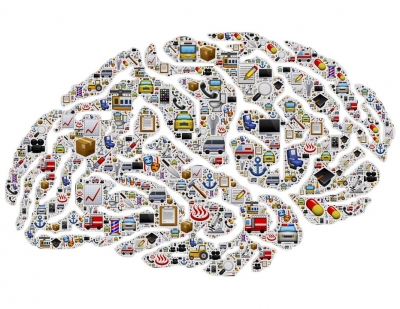
The brain organizes and stores experiences as memories. These put information into context, such as whether you have been somewhere before or met someone previously. They also repeat useful information, such as the way to school. The brain does not keep every memory. If a memory is unimportant or the memory is not revisited, it soon gets forgotten.
Memory bank
Memories are not stored in a single part of the brain – in fact, recalling just one memory can involve several different parts of the brain.
The amygdala helps to form emotional memories. The hippocampus is where the brain stores long term memories. The frontal lobes holds short-term memories. The temporal lobe stores such as words and facts.
Setting a pattern
An experience will cause a certain set of brain cells to fire together. This creates a distinct neural pattern or activity in the brain. The information is bundled up and encoded as a memory.
- Neural pattern: A new experience triggers a neuron to send signals to other brain cells, forming a connected neuron network.
- Strong connection: when this experience is remembered, the same network is used. It grows bigger and the connection becomes stronger.
Making memories
Experiencing a memorable moment stays in the memory because a unique pattern of neural activity is created and reinforced.
- Formation: If you win a race, everything you experience – the way your body feels, the people around you, the weather on the day – combines to create a unique pattern of neural activity in the brain.
- Consolidation: Afterwards, when you talk about winning the race with a friend, you revisit the experience and add emotions, which make the memory even stronger.
- Revisiting: You replay the memory by looking at a photograph from the day. The more often you revisit this memory, the stronger the neural connections become, ensuring you don’t forget it.
Picture Credit : Google

